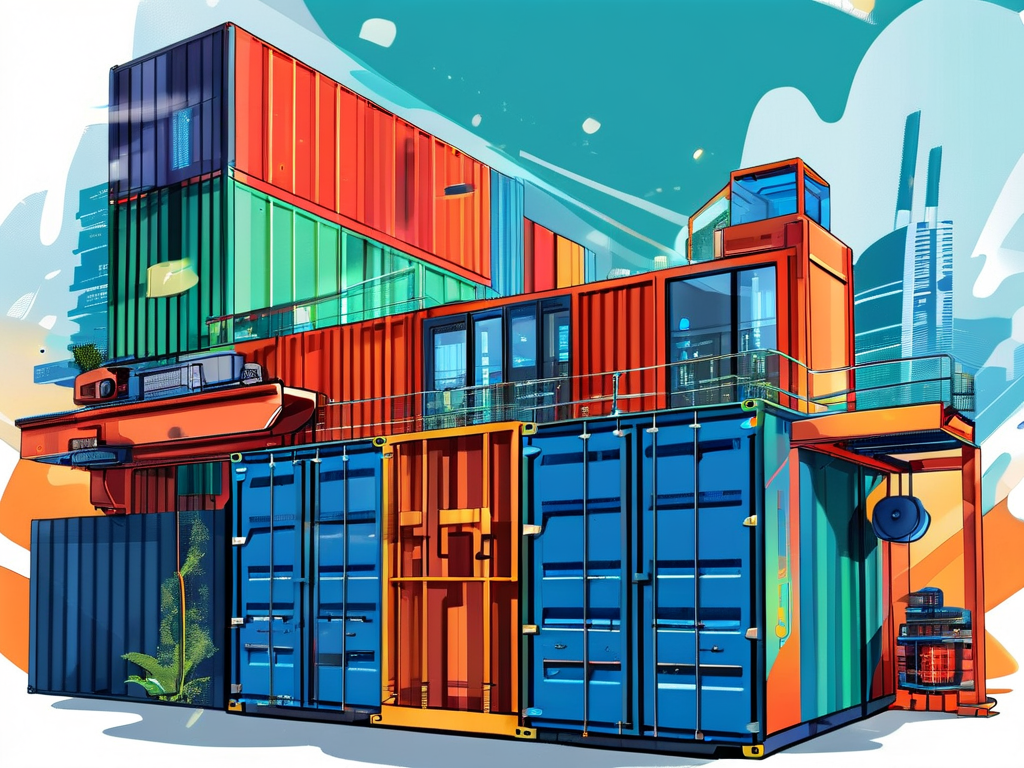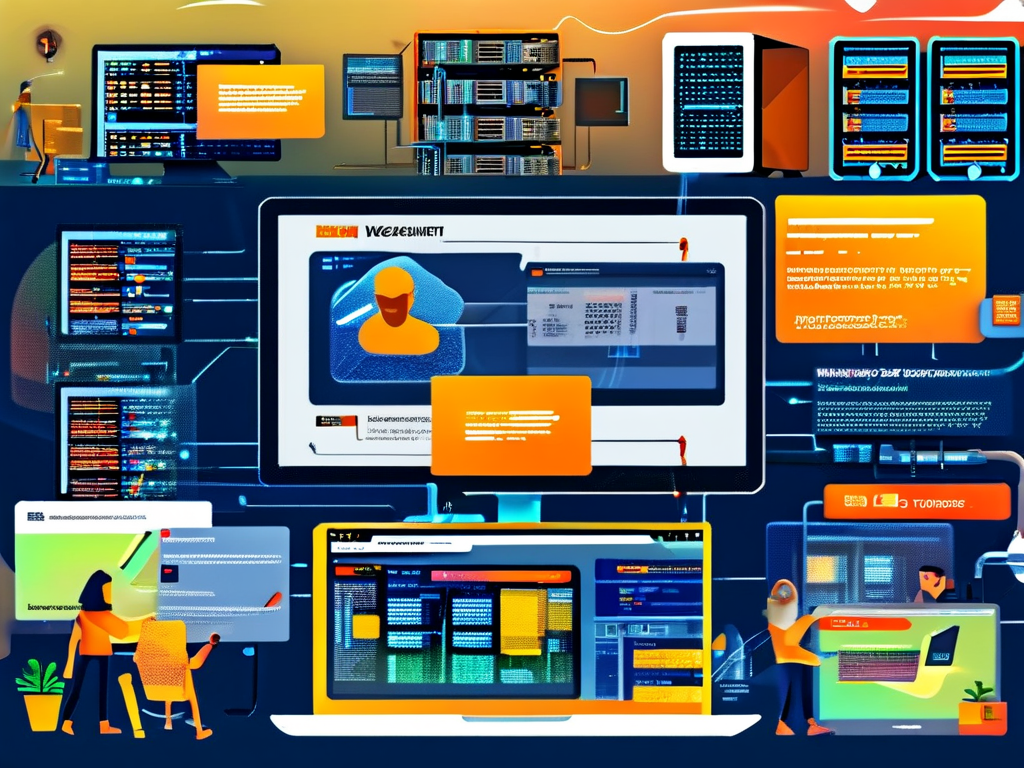In today's fast-paced software development landscape, deployment automation has evolved from luxury to necessity. While tools like Jenkins and Ansible dominate the market, a new generation of solutions built with Go is rewriting the rules of infrastructure management. This article explores how Go's unique characteristics make it ideal for creating robust deployment tools, complete with practical code examples.

Why Go Stands Out
Go's compiled nature delivers binary executables that eliminate runtime dependencies - a critical advantage when deploying across heterogeneous environments. Unlike interpreted languages, Go-built tools maintain consistent behavior whether running on a developer's laptop or production servers. The built-in concurrency model through goroutines enables efficient parallel task execution, particularly valuable when managing multi-service architectures.
Consider this simple concurrent deployment script:
func deployService(service string, wg *sync.WaitGroup) {
defer wg.Done()
// Implementation logic
fmt.Printf("Deploying %s...\n", service)
}
func main() {
services := []string{"auth-service", "payment-gateway", "user-profile"}
var wg sync.WaitGroup
for _, svc := range services {
wg.Add(1)
go deployService(svc, &wg)
}
wg.Wait()
fmt.Println("All services deployed successfully")
}
Core Architecture Features
Modern Go-based deployment tools typically implement three core components:
-
Declarative Configuration Engine
Using Go's struct tags and JSON/YAML parsing capabilities:type DeploymentConfig struct { Env string `yaml:"environment"` ImageTag string `yaml:"image_tag"` Replicas int `yaml:"replica_count"` } -
Atomic Rollback Mechanism
Go's error handling patterns enable clean rollbacks:func deploy() error { if err := stageRelease(); err != nil { return rollbackLastDeploy() } // Continue deployment } -
Real-time Monitoring Integration
Leveraging Go channels for health checks:func monitorDeployment(statusChan <-chan DeploymentStatus) { for status := range statusChan { if status.Code > 400 { triggerRollback() } } }
Production Case Study
A fintech startup migrated their Python-based deployment system to Go, achieving:
- Deployment time reduction from 47 minutes to 3.8 minutes
- CI/CD pipeline failures decreased by 82%
- Rollback execution speed improved 9x
Their technical lead noted: "Go's strict typing caught configuration errors at compile time that previously caused midnight outages. The single binary deployment eliminated our 'works on my machine' issues."
Future Evolution
Emerging patterns in Go deployment tools include:
- WASM-based plugin systems for extendable architectures
- eBPF integration for kernel-level deployment monitoring
- AI-assisted deployment planning through Go bindings for ML frameworks
Getting Started Guide
For teams considering Go for deployment automation:
- Leverage existing libraries like Cobra for CLI tools
- Use Go's cross-compilation to build for multiple platforms
- Implement idempotent deployment operations
- Integrate with cloud APIs using official SDKs
The ecosystem offers mature libraries:
- Terraform Provider SDK for infrastructure management
- Kubernetes client-go for container orchestration
- Vault API for secret management
Go brings unique advantages to deployment automation through its combination of performance, safety, and simplicity. While not replacing all existing tools, it offers compelling alternatives for organizations building custom deployment solutions. As cloud architectures grow more complex, Go's efficiency in handling concurrent operations and system-level tasks positions it as a strategic choice for next-generation deployment systems.
Developers can start experimenting with small components like custom deployment hooks or monitoring agents before undertaking full-scale migrations. The language's growing adoption in infrastructure projects suggests Go will play an increasingly important role in shaping deployment automation's future.









